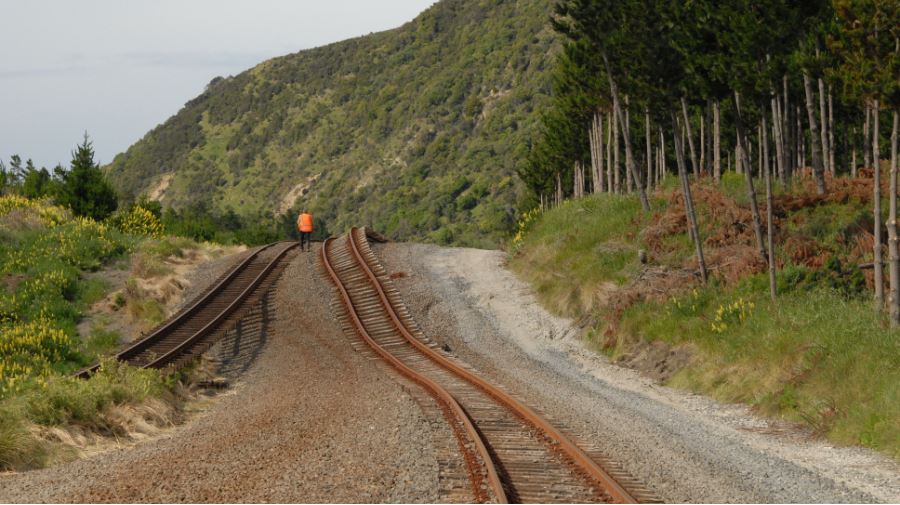More than 24 faults ruptured during 2016’s Kaikōura earthquake, but one of those faults has turned out to be even more unusual than scientists first thought.
The Papatea Fault, unmapped before the quake, ruptured along 19km and shunted areas upward by 8m in just a few seconds. A new study has shown the fault hadn’t accumulated stress as is usually seen before a quake, but rather seems to have been squeezed by neighbouring fault ruptures, which could prompt a rethink about seismic hazard calculation.
A GNS Science press release and images are available on Scimex for registered journalists.
The SMC gathered expert comment on the study.
Professor Mark Stirling, Chair of Earthquake Science, Department of Geology, University of Otago, comments:
“The study has done a nice job of explaining the unusually large displacements along the relatively short length of the Papatea Fault during the Mw7.8 2016 Kaikoura earthquake. I was part of the team that worked on the rupture mapping and trenching investigations associated with the earthquake, but with a focus on the Hundalee Fault. I also worked on comparing the overall rupture characteristics of the earthquake to newly developed fault scaling relations (magnitude as a function of rupture length and slip rate), and managed a fieldtrip to the Papatea Fault about a year after the earthquake.
“It has always made sense to me that the Papatea Fault produced large displacements in the earthquake because of its unusual orientation with regard to that of the greater earthquake rupture zone. The present study has now provided a workable mechanical explanation for the anomalous behaviour. I have heard of other studies that have focused on the unusual behaviour of the fault, and all share the same general theme: That the fault was a transfer structure between major seismic moment-generating faults, and the fault orientation was central to its anomalously large displacements.
“The paper mentions the seismic hazard implications of faults like the Papatea Fault within complex multi-fault earthquakes. In reality the issue here is not how much these faults contribute to ground shaking, but what they mean in terms of fault displacement hazard. A 10m displacement in a built up area or beneath a critical facility (e.g. large dam) would have significant consequences.”
No conflict of interest.
